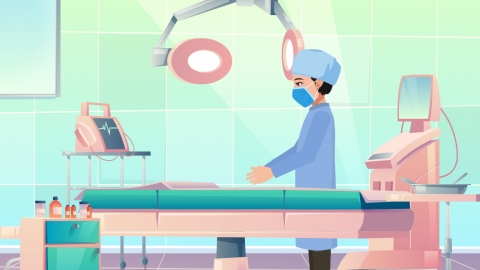When is drainage required after appendectomy?
Generally, the need for postoperative drainage after appendectomy is related to the severity of the condition. Drainage is commonly required when intraoperative findings reveal appendiceal perforation, intra-abdominal pus accumulation, or abscess formation. In some cases, a drainage tube may also need to be placed promptly if postoperative complications arise. The specific scenarios are analyzed as follows:

During surgery, if the surgeon discovers that the appendix has already perforated, there is significant pus accumulation in the abdominal cavity, or a clear abscess has formed around the appendix, a drainage tube will be placed immediately after appendectomy to effectively remove pus and exudate, preventing the spread of inflammation. This represents the most common indication for postoperative drainage.
If no obvious perforation is found during surgery but the appendiceal inflammation is severe, there is extensive surrounding exudate, or suspicion of small amounts of residual pus, a drainage tube may still be placed before closing the abdomen to ensure proper postoperative drainage of intra-abdominal fluid and reduce the risk of complications.
In addition, if after surgery the patient develops persistent abdominal pain and fever, imaging reveals new fluid collections or abscesses within the abdominal cavity, or there are signs of wound discharge or infection, timely placement of a drainage tube via secondary intervention is necessary to prevent clinical deterioration.




